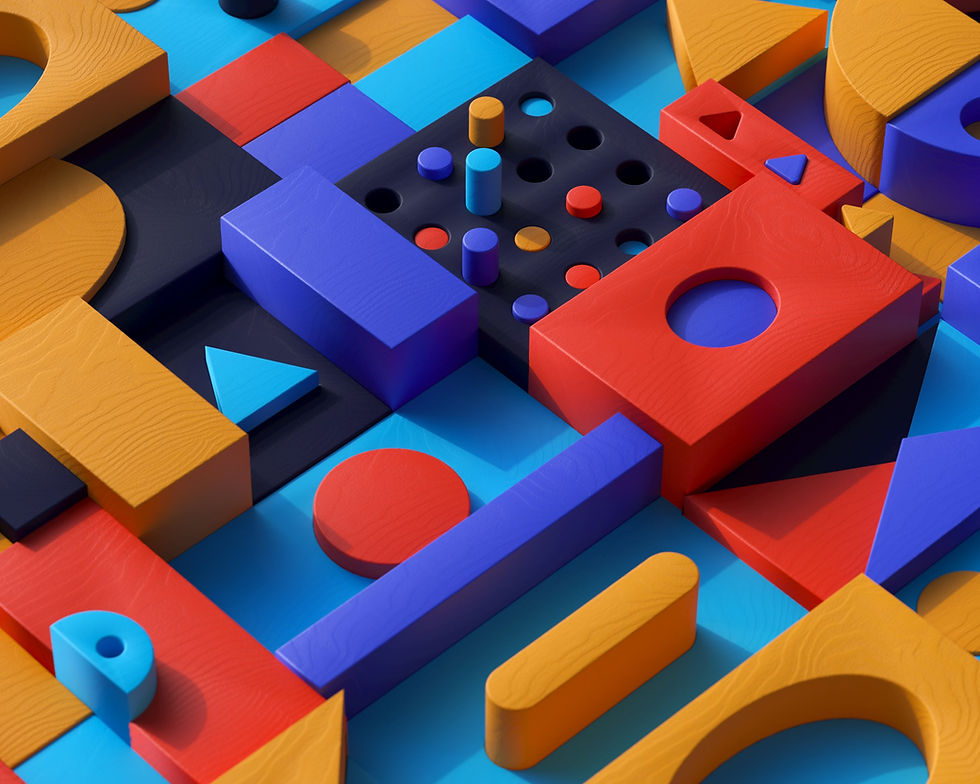Student Learner Profiles: A Tool for Differentiated Instruction
- Judy Nussbaum

- Jan 16, 2024
- 4 min read
Judy Nussbaum Director of Clinical Services/Upper School Speech Language Pathologist
At the Lang School, differentiated instruction, a teaching strategy involving tailored teaching for diverse learner needs, extends beyond a “high-ceiling/low-floor” accommodation for instructional support. We integrate a student’s unique, individualized learning style, interests, and passions into our model of differentiation. This adds a multi-dimensional layer to support student engagement and enables teachers to reach students from a variety of different entrance and extension points. All of these seemingly minute details are captured and highlighted in a student’s learner profile at the Lang School.

At the start of each year, the therapy and student support team collaborate with staff to create new and update existing student "learner profiles." These profiles are crafted with the intent of highlighting students’ strengths, challenges, and related strategies that support each student’s academic and social-emotional growth. The added element of documenting student interests and passions, in addition to relevant learning strategies, is what helps our staff take differentiated planning and instruction up a notch. The learner profiles created for our twice-exceptional students are highly individualized and contain a wealth of "inside information" related to student strengths and talents. This information can then be leveraged by teachers to not only support student acceleration and enrichment but to support them in areas of identified challenge. Differentiating planning and instruction with students’ interests and passions in mind, in addition to considering their strengths and challenges, can reap rewards almost immediately.

The Lang School’s mission to provide integrated supports that foster independence and self-advocacy is a key element that drives the work of teachers and members of the therapy and support teams. When students struggle with embracing a growth mindset, it often becomes a barrier to success in the classroom, both in preferred and non-preferred activities. For many of our learners, there is a clear divide between their preferred and non-preferred activities, which directly impacts their level of engagement and participation. Does that mean all "non-preferred" classes should be subject to a lack of engagement from those learners? We don’t think so. At Lang, we take it upon ourselves to gently guide students towards a growth mindset. While self-advocacy comes naturally for some students, others need to feel secure in the classroom environment in order to be somewhat vulnerable when trying something new or attempting something again in a different way.
It is not surprising that when students find class material personally relevant, they are more likely to show motivation, actively contribute to discussions, and participate in class activities. Students are also more likely to listen to and value feedback from their teachers if they have an existing, authentic relationship. When teachers show genuine interest in what students care about, it helps build a stronger sense of community and trust and can make students more comfortable and willing to participate and take risks in their learning, thereby improving their growth mindset.
The “learning profile” sits at the center of all of this work and serves as a resource as teachers design for growth, independence, and self-advocacy in the context of learner strengths, challenges, preferred and non-preferred activities, and relationship building.

Our school librarian, Sophie often will survey students and find out what topics, genres, and authors they’d like to see featured in our accessible hallway library or a part of a scheduled Library class. Our P.E. teacher, Ronnie engages in continuous discussions with students about which exercises and games they have familiarity with and which they want to pursue. JL, one of our upper school students has shared that whenever he’s interested in a specific historical event, history teacher, Jimmy tries to sprinkle parts of that into his future lessons. JL shared that “it feels really cool” to see that come to life in the class plan.

When teachers have the flexibility to group students based on learning and participation styles, it can foster a more productive and enjoyable group experience. For many of our learners, working collaboratively in a group is one of their primary lagging skills, an area of difficulty. Brad, Lang’s middle school Social Studies teacher, admits to constantly referring to student learner profiles before planning new units, contemplating "how lessons will be digested by the kids." Brad teaches his class in sections and groups students accordingly. When planning a unit for a group of students who struggle with graphomotor stamina, Brad shared that he always considers how to assess mastery of the material. He offers plenty of opportunities to engage in verbal class discussions, demonstrating participation, while also fostering social connections in groups between the students. Other students benefit from more time to work independently on written assignments and check in with Brad one-on-one along the way. The dynamic balance of ensuring that all students feel understood as individual learners, while being challenged, is key to fostering and maintaining a safe and inclusive environment for learning.

Taking the time to authentically learn about our students' interests and passions, in addition to their learning needs, transforms the educational experience at Lang. Differentiated instruction at Lang provides equitable and inclusive access points for all learners in the room. This work is so important that a significant portion of professional development time is given over to the writing, reviewing, and updating of each student’s learner profile. Over time, the learning profile becomes a record of a student’s learning journey. For teachers, the planning for learning design always begins with the study of each group’s set of learning profiles.
By customizing instruction to embrace these different learner profiles, Lang staff are better able to promote student independence, self-advocacy, and success in the learning process.






Comments